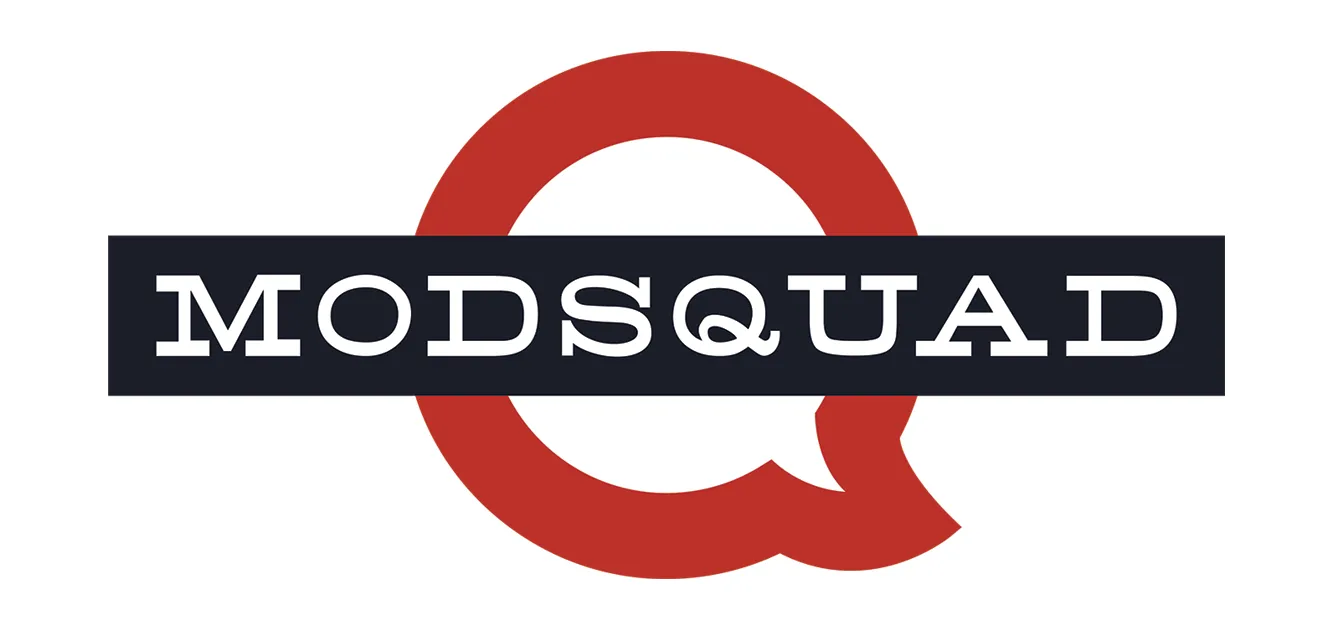
Steam Valves, Pressure, and Community
By Sanya Weathers
Have you ever really looked at a steam engine? There are tubes and pipes and valves all over it, and the whole mess does just one thing – it regulates the pressure in the system. If you don’t have enough pressure, the engine won’t drive anything forward. If too much pressure builds up, something explodes. Explosions are bad because you can’t predict where they’ll erupt – and you lose all of the energy that might have otherwise translated into forward momentum.
A community is the same way. Here are a few items from your steam engine manual:
– Don’t forbid topics unless you have no alternative for legal reasons. (And forbid it by talking about it.) The fastest way to make people obsess about a topic is to tell them not to talk about it. (Quick – don’t think about elephants.) If there is a particular topic on which you cannot host discussion for legal or contractual reasons, say so. Be very clear that otherwise you’d welcome the conversation.
Going forward, acknowledge the topic occasionally, or put the restriction into the FAQ and put a direct link to that section into your signature/info page/profile. It is strange but true – your mentioning the forbidden topic that often will prevent the conversation from erupting in ways that will require you to delete and edit.
– If you build up pressure in one area, make sure your relief valve serves the same area. Let’s say you’ve decided, for manpower reasons, to not allow customers to upload their own images to your forum or page. That’s fine, but remember that humans (especially online humans) are very visual creatures. Be sure to host lots of image-centric events, inviting users to submit their favorite photos, screenshots, fan art, and more.
– If there’s going to be an explosion, give the force somewhere to go (and use the force for good). If something has gone awry, people are going to want to discuss it. Create a special section on your forum, or set up a discussion area on Facebook. Host a chat. Bring all the interested members of the media together for a conference call. By setting up the discussion parameters, you’ve already regained a measure of control over the situation.
Furthermore, you might as well take advantage of the attention. You’ve got all these new eyes looking at you – what do you want them to see? No, this isn’t the time to openly shill for an upcoming product or expansion, but you can certainly mention it in passing and offer to answer questions after the matter at hand is dealt with.
What you want people to see doesn’t have to be related to the product. Maybe you want people to see your company’s sense of humor. Maybe you’d like the world to get to know your CEO. If nothing else, everyone’s getting a firsthand look at how you act in a crisis. This is a major opportunity to give people a sense of what your company is about – and whether your first thought is of your customers or of yourself.
– Be sure to take measurements and readings. All those gauges and gadgets on a steam engine are to let the operators know what’s going on inside, and to measure the force of the energy. If you’re not measuring the traffic, the number of messages, the number of eyeballs, and the responses to your actions, you’re losing out on all kinds of bits of information you can use. (You’ve already got baseline readings, right?) Be sure to cross reference your data with subscription/sales data, and customer service usage, for a complete picture.

